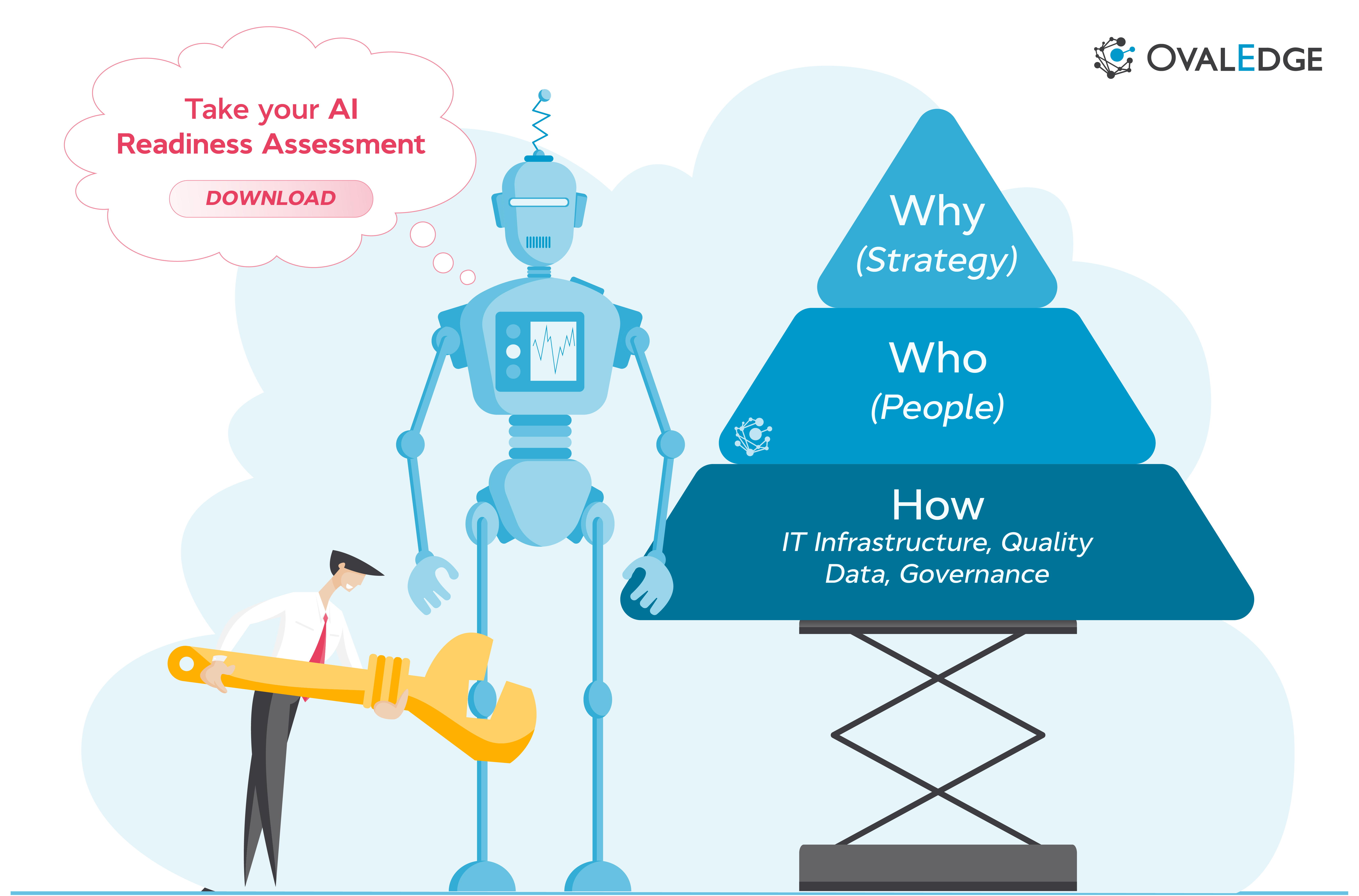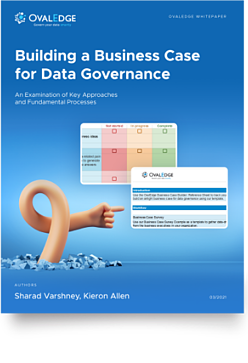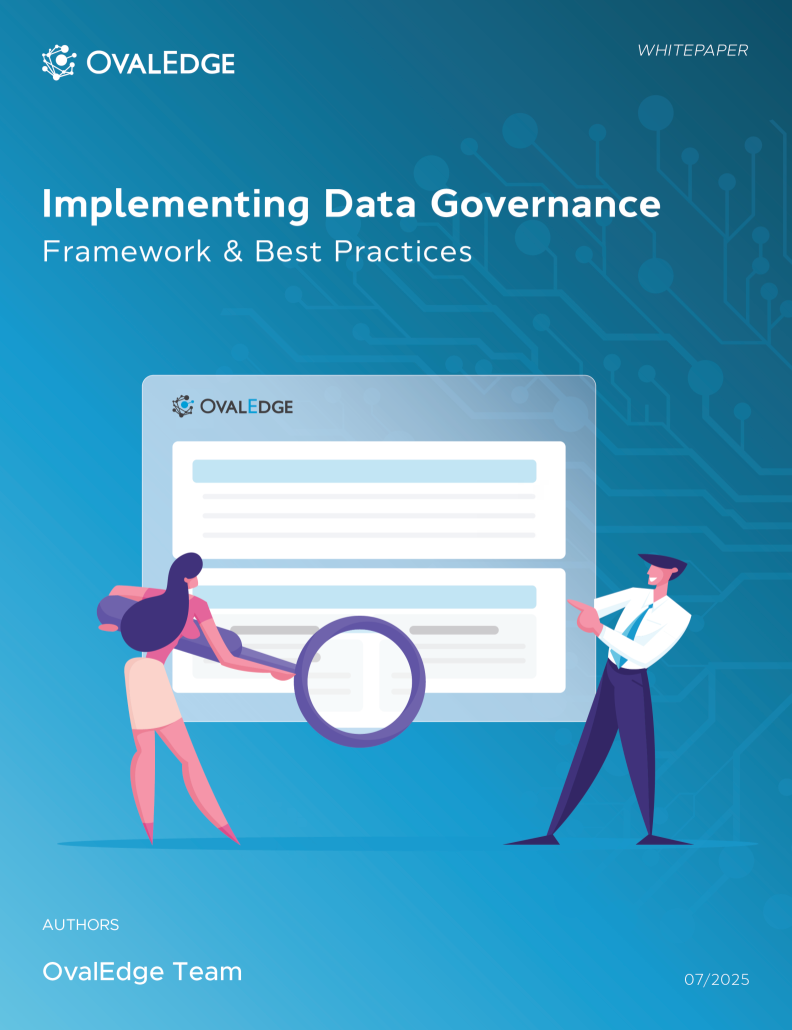Table of Contents
What Is AI Readiness? Framework, Assessment & Steps for 2026
Simply procuring AI technology is not sufficient; you also need to become AI-ready. This article explains the key elements of AI readiness.
Over the past few years, from a business user perspective, AI has gone from a well-known but little-understood backend technology to one with multiple dimensions that can be consumed company-wide. Yet, a degree of caution is required.
Artificial intelligence has evolved quickly from niche automation tools used in isolated departments to company-wide systems that drive productivity, decision-making, and growth. But as adoption accelerates, so do the risks.
A recent BCG survey revealed that 45% of leaders lack clear guidance or restrictions on AI or GenAI use at work, creating blind spots in compliance, security, governance, and data integrity.
This is why AI readiness is no longer optional.
Organizations adopting AI without conducting an AI readiness assessment face a higher probability of failed pilots, misaligned initiatives, and increased operational risks. Becoming AI-ready means preparing your people, data, systems, and governance structures to ensure AI delivers real business value while staying compliant and secure.
Three Key Elements of AI Readiness
To ensure your organization has the most likely chance of success, you must follow a complete AI readiness framework that asks three critical questions: why, who, and how.
Why? — Define the Purpose Behind Your AI Strategy
Organizations need to understand why they are choosing to adopt AI technologies. They must have clear goals and objectives that drive their AI ambitions and a universal interpretation of why AI is an important addition to their business. These drivers fall under three categories: operational changes, productivity gains, and strategic advantage.
Operational changes
Organizations use AI to modernize outdated processes, eliminate bottlenecks, or replace manual decision-making with automated intelligence.
Example:
A law firm deploys an AI-powered document review that can read, interpret, and summarize hundreds of legal documents in minutes. This reduces manual review time, improves accuracy, and frees attorneys to focus on higher-value work.
Other examples include:
- Healthcare providers using AI to triage patient cases faster
- Logistics companies are optimizing route planning with predictive analytics
These are foundational improvements that strengthen operational efficiency.
Productivity gains
AI often serves as an internal accelerator, reducing manual effort, automating repeated tasks, and improving cross-functional workflow performance.
Examples:
- Insurance companies use AI to automate underwriting and risk scoring
- Manufacturers combine IoT data with AI to detect anomalies, identify machine failure patterns, and reduce downtimes
- Customer support teams use AI copilots to generate responses, summarize cases, and streamline triage
Here, AI enhances workforce productivity and reduces turnaround times.
Strategic advantage
Organizations with stronger AI maturity use AI as a competitive differentiator.
Example:
A major bank builds an AI engine that analyzes customer behavior and recommends hyper-personalized financial products boosting spend, retention, and product adoption.
Other strategic use cases:
- Retailers using AI to personalize pricing and promotions
- SaaS companies are automating customer segmentation and lifecycle scoring
- Telecom companies are predicting churn with advanced ML models
Your “why” anchors AI investment decisions and guides your AI readiness assessment in the right direction.
Who? — Build the Team and Culture Needed to Become AI-Ready
Once you are done articulating a clear why, you need to think about building a strong team to execute the AI roadmap.
However, this is not as simple as reconfiguring your workforce. You should focus on two key areas: workforce readiness and change management.
Workforce readiness
You’ll need a workforce that has received training not only in the technical specifications of your AI tools but also in the ethical and regulatory considerations that they bring with them. Furthermore, they’ll need to interpret, analyze, and operationalize the data that AI tools have unearthed.
Being AI-ready requires more than technical certifications; it requires enterprise-wide data literacy and AI literacy.
Employees should know:
- Where business data lives
- How to access it securely
- How to interpret AI-generated insights
- How their role changes when AI enters the workflow
- What ethical and regulatory constraints apply
Without this foundation, employees cannot effectively use or trust AI outcomes.
To bridge the skills gap, organizations require:
- Technical training: AI fundamentals, prompt engineering, data access
- Security training: Compliance rules, safe usage, risk handling
- Ethics training: Bias, transparency, fairness
- Continuous learning: Because AI capabilities evolve every few months
Workforce readiness must be treated as an ongoing investment, not a one-time training exercise.
Change management
AI adoption introduces new workflows, redefines responsibilities, and changes how teams collaborate. Without structured change management, employees may resist AI or misunderstand its purpose.
A strong change management framework includes:
- C-suite sponsorship: Executives must lead by example in adopting AI
- Clear communication: Transparency around AI goals, benefits, and risks
- Integration with company values: AI initiatives should reinforce not disrupt core principles
- Cultural adoption: Teams should actively look for ways to embed AI into their daily work
When employees view AI as a partner, not a threa,t the organization moves one step closer to becoming truly AI-ready.
How? — Build the Foundation: IT, Data, and Governance
The “how” represents the operational foundation of your AI readiness framework. This includes the technology stack, data quality, and governance systems that protect AI usage.
IT Infrastructure
AI operates on top of multiple systems data platforms, cloud tools, analytics engines, security layers, and MLOps pipelines. To support scalable AI adoption, your infrastructure must be:
- Interoperable: Systems need to communicate efficiently
- Scalable: Able to handle growth, new models, and larger datasets
- Cloud-optimized: Cloud environments offer the flexibility AI requires
- High-performance: Capable of processing huge data volumes
- Secure: With strong access control and monitoring
Organizations often skip infrastructure readiness and jump straight into AI pilots only to realize later that their core systems cannot support enterprise AI workloads.
Data
Even the most advanced AI systems collapse without AI-ready data.
AI-ready data is:
- Accurate
- Complete
- Deduplicated
- Consistent
- Context-rich
- Governed
- Accessible
This includes clean metadata, lineage tracking, standardized definitions, and strong stewardship.
If your data is fragmented or of poor quality, the AI outputs will mirror that weakness.
Data readiness activities include:
- Data profiling & quality scoring
- Cleansing & deduplication
- Master data management
- Metadata standardization
- Ownership assignment
- Domain knowledge integration
These initiatives should be embedded into your broader data strategy not handled as one-time fixes.
Related Post: AI Needs Domain Knowledge to Boost Data Quality
Governance
Managing the data needed for AI requires stringent governance. Companies must ensure that AI delivery and implementation are well-governed, compliant, and secure.
This requires various policies and mechanisms that provide transparency at every implementation stage, deployment, and process to avoid bias and maintain privacy.
AI governance ensures that AI systems remain compliant, transparent, secure, and ethical throughout their lifecycle.
Strong governance should include:
- Responsible AI principles
- Bias monitoring systems
- Clear privacy and usage policies
- Secure deployment workflows
- Audit trails & observability
- Continuous model performance monitoring
Governance is an ongoing process, so companies must conduct regular, comprehensive reviews of how AI initiatives are funded and how this investment is monitored.
Beyond this, controls must be in place to ensure that AI is delivered on schedule and in line with other business processes. Crucially, your governance efforts must be driven by a determination to implement transparent, responsible, and ethical AI. To achieve this, you’ll need to establish an ethical AI framework that includes continuous monitoring of your AI output.
Related Post: Data Governance: What, Why, Who & How. A practical guide with examples
AI consumes enormous data, so a manual approach to data quality improvement won’t cut it. Instead, you need to deploy a data quality improvement tool.
The best tools will enable you to consistently measure, assess, and evaluate the quality of your data and provide you with actionable workflows to fix any data quality issues.
Measuring the Progress of AI Readiness
While AI readiness can be divided into three key elements, these aren’t the only factors to consider. You also need to monitor your progress.
To that end, there are three stages of AI readiness, and every company's goal is to reach the transformational stage. Here, AI is fully integrated and facilitates major business changes.
- Foundational: At this basic level, companies will be evaluating whether the infrastructure and interfaces they have in place are capable of handling AI technologies.
Organizations evaluate whether their current systems can support AI. This stage includes:
- Cloud and network assessment
- Initial data inventory
- Understanding tool requirements
- Basic compliance checks
Most organizations begin here before building their roadmap.
They will need to look at network bandwidth, cloud resources, data sources, and the relevant software packages required to execute their AI strategy. - Operational: With clear management and governance, companies can develop sustainable AI initiatives.
This middle stage reflects hands-on AI adoption. Organizations at this level typically have:- Clear governance models
- A partially trained workforce
- Defined MLOps or data workflows
- Structured delivery mechanisms
- Strengthened cybersecurity posture
AI projects become repeatable and reliable but not yet transformational.
Companies at this level will be looking at the agility of delivery mechanisms, workforce readiness, cybersecurity, and governance, which includes compliance and other associated risks. - Transformational: At this level of AI readiness, companies can maximize their investment and output.
This is the advanced stage of AI readiness. Here:
- AI is embedded across workflows
- Employees trust and utilize AI-generated insights
- Leadership continually invests in AI
- AI drives innovation, efficiency, and new revenue opportunities
- Cross-functional teams collaborate around AI-driven outcomes
This is the stage where organizations reap the full benefits of AI and achieve enterprise-wide transformation.
FAQs
-
What does AI-ready mean?
AI-ready means your organization has the data quality, infrastructure, governance, and workforce skills needed to adopt AI safely, efficiently, and at scale. -
What is an AI readiness framework?
An AI readiness framework evaluates preparedness across three dimensions: purpose, people, and capabilities to ensure strategic and responsible AI deployment. -
What is an AI readiness assessment?
An AI readiness assessment identifies your current maturity level, reveals capability gaps, and provides a roadmap for AI adoption. -
What is AI-ready data?
AI-ready data is accurate, complete, trusted, governed, and contextualized data that enables reliable and meaningful AI outcomes. -
Why is AI governance important?
AI governance protects against bias, privacy violations, compliance risks, and model failures, ensuring AI is deployed ethically and securely.
Conclusion
AI will transform the world. It’s already happening. Different organizations will use AI for different outcomes. Yet, irrespective of the desired outcome, every organization must cover each of the three elements we've written about in this blog to become AI-ready.
As mentioned, data is one of the core elements of AI readiness. Our next blog will walk you through the essential steps of making your data AI-ready.
Related Post: 4 Steps to AI-Ready Data
OvalEdge recognized as a leader in data governance solutions
.png?width=1081&height=173&name=Forrester%201%20(1).png)
“Reference customers have repeatedly mentioned the great customer service they receive along with the support for their custom requirements, facilitating time to value. OvalEdge fits well with organizations prioritizing business user empowerment within their data governance strategy.”
.png?width=1081&height=241&name=KC%20-%20Logo%201%20(1).png)
“Reference customers have repeatedly mentioned the great customer service they receive along with the support for their custom requirements, facilitating time to value. OvalEdge fits well with organizations prioritizing business user empowerment within their data governance strategy.”
Gartner, Magic Quadrant for Data and Analytics Governance Platforms, January 2025
Gartner does not endorse any vendor, product or service depicted in its research publications, and does not advise technology users to select only those vendors with the highest ratings or other designation. Gartner research publications consist of the opinions of Gartner’s research organization and should not be construed as statements of fact. Gartner disclaims all warranties, expressed or implied, with respect to this research, including any warranties of merchantability or fitness for a particular purpose.
GARTNER and MAGIC QUADRANT are registered trademarks of Gartner, Inc. and/or its affiliates in the U.S. and internationally and are used herein with permission. All rights reserved.



.webp)


